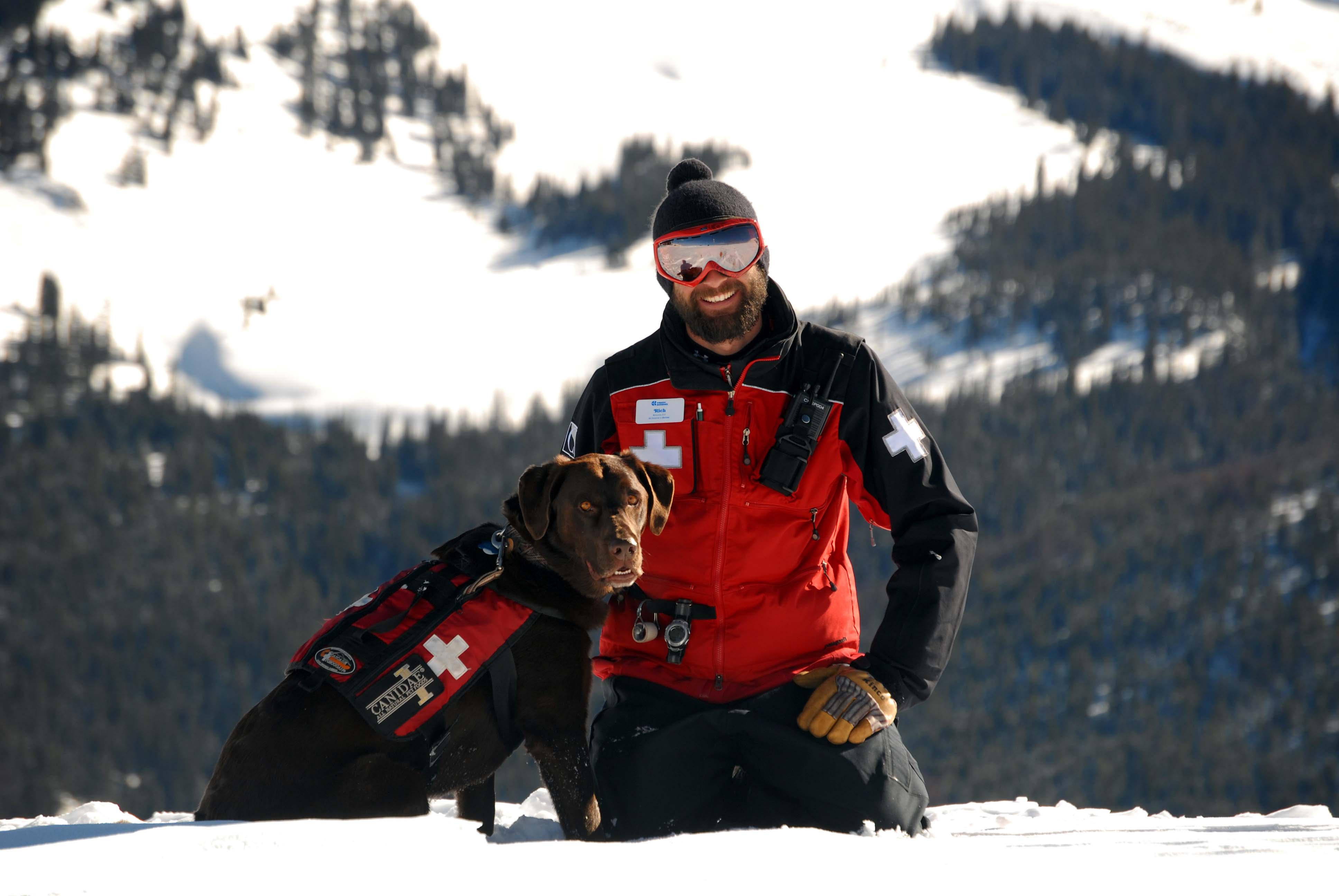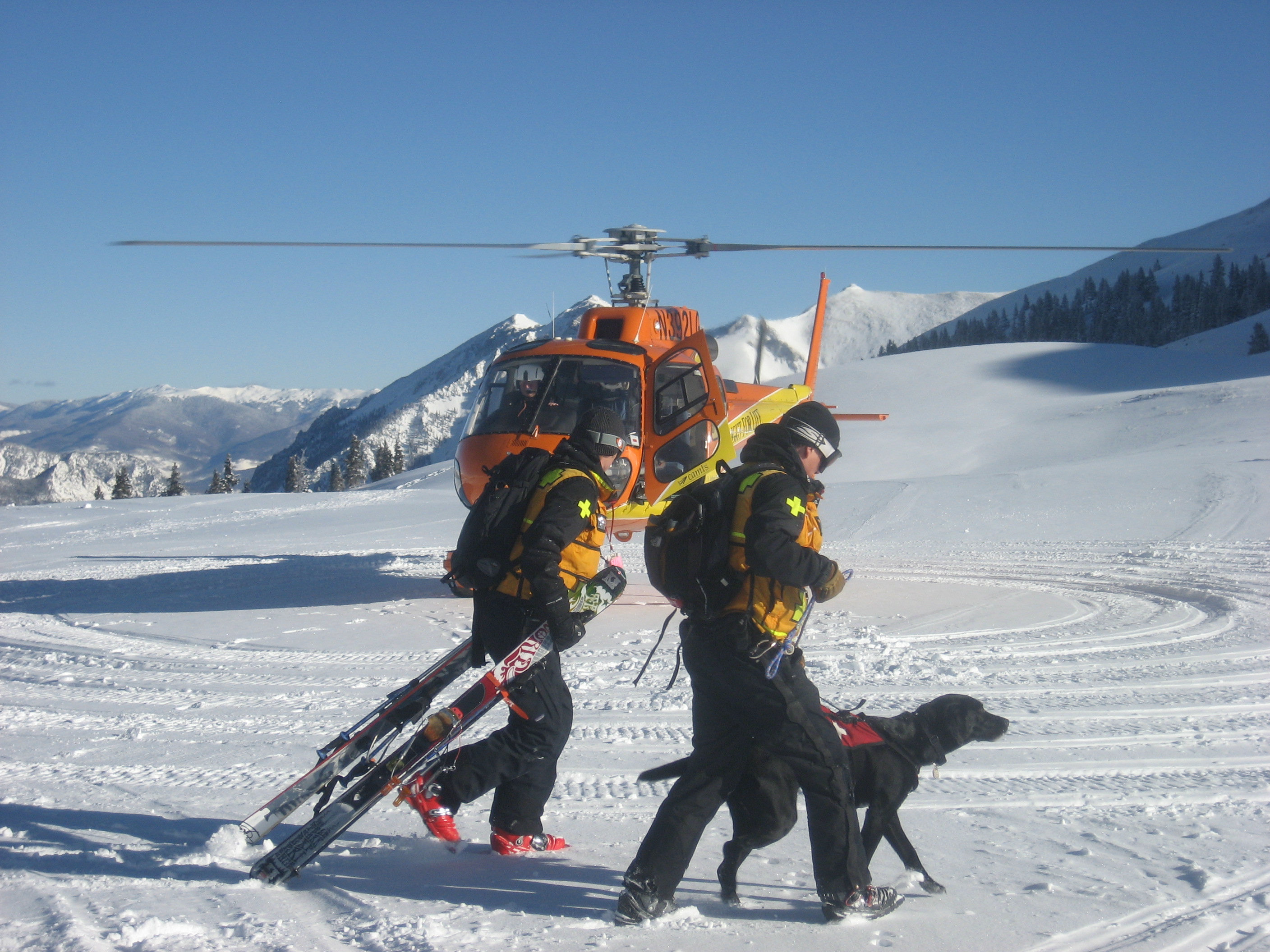News

By Jason Kornfeld, Staff Writer Posted 12 years ago March 9, 2013
Ski Resort Operations: Ski Patrol
With a huge dump last night and snow relentlessly filling in tracks from two minutes before, the lines start to form at the bases of unopened lifts. Bomb concussions reverberate throughout the mountain as ski patrollers sweep the mountain to mitigate avalanche danger. Nevertheless, skiers and boarders watch as patrollers repeatedly finish their sweeps, and in the process, lap the lift line. People begin to complain, fidget, some even throw snowballs to vent their impatience. In this instant, everyone wishes they were a ski patroller. But, what many people do not realize is what it takes to be a patroller.
Last weekend I spoke with Copper Mountain ski patrol foreman, Nick Pollard.

Getting the apline safe for guests. Photo courtesty of Copper Mountain.
How long have you worked in the field, and what attracted you to being a patroller?
I wanted to be in an outdoors job and this was something that had interested me since I had started in the industry.
How many patrollers work for Copper?
We have around 60 paid professionals, roughly 40 volunteers, 20 Medical Volunteer Professionals, and 10 Junior Patrollers.
What’s a typical day?
Start off the day with a morning meeting. We then go to our assigned duty station where we start off our morning work missions, getting all the banners out and updating the grooming boards. Throughout the day we do trail checks and have to sit coverage in our assigned duty stations. We may have snow work depending on storms and or winds. Early season there is a lot of prep work that goes into getting trails opened, especially our avalanche terrain.

Patroller and his best friend. Photo courtesy of Copper Mountain.
What goes into avalanche mitigation?
We start our control work as soon as snow hits the ground. If we get early snow in October we may have to use an Avalauncher before entering this terrain. We start Nov. 1 and will start boot packing, ski packing and ski cutting once we have around 30 centimeters to one meter of snow. We continue to affect this terrain as storms come through with new snow. We usually boot pack most of our avalanche terrain then switch to ski packing and cutting. Explosives are used before we step foot on this terrain and usually after storm cycles. The reason we are able to open this steep rocky terrain is because of the dedication to this process. Having Spaulding Bowl, Union Peak, parts of Copper Bowl open on just over 100 inches of snow season to date is amazing!
Where do you spend most of your time working?
We are on two-week rotations through our three duty stations. Early season I spend most of my time at patrol headquarters. The events side of our business keeps me quite busy throughout the season. Weekdays we work 8-5 p.m., and Weekends/Holidays 7-5 p.m.
What is something about the job that riders don’t realize is so important or more behind the scenes that might surprise people?
I think the guest may not realize exactly how much work goes into opening our avalanche terrain. They also may not understand the hazards we put ourselves in to open that terrain.
Describe the ideal patroller? And, what does it take to become a patroller?
The ideal patroller brings an open mind, strong work ethic, and a “team” mentality. To become a patroller you have to attend one of the hiring clinics, March 15 and March 16, must have an EMT-B or at least be enrolled in a class, and be able to ski/ride in any conditions on any type of terrain.
What is your favorite perk and aspect of the job?
First tracks on a “POW” day is definitely a perk. Quite fun when it’s just you and your close friends. I think the constant learning is what keeps this job exciting.

Copper ski patrollers conducting a drill. Courtesty of Copper Mountain.
About The Author




